Incident Media Photographs
Photographs Gallery
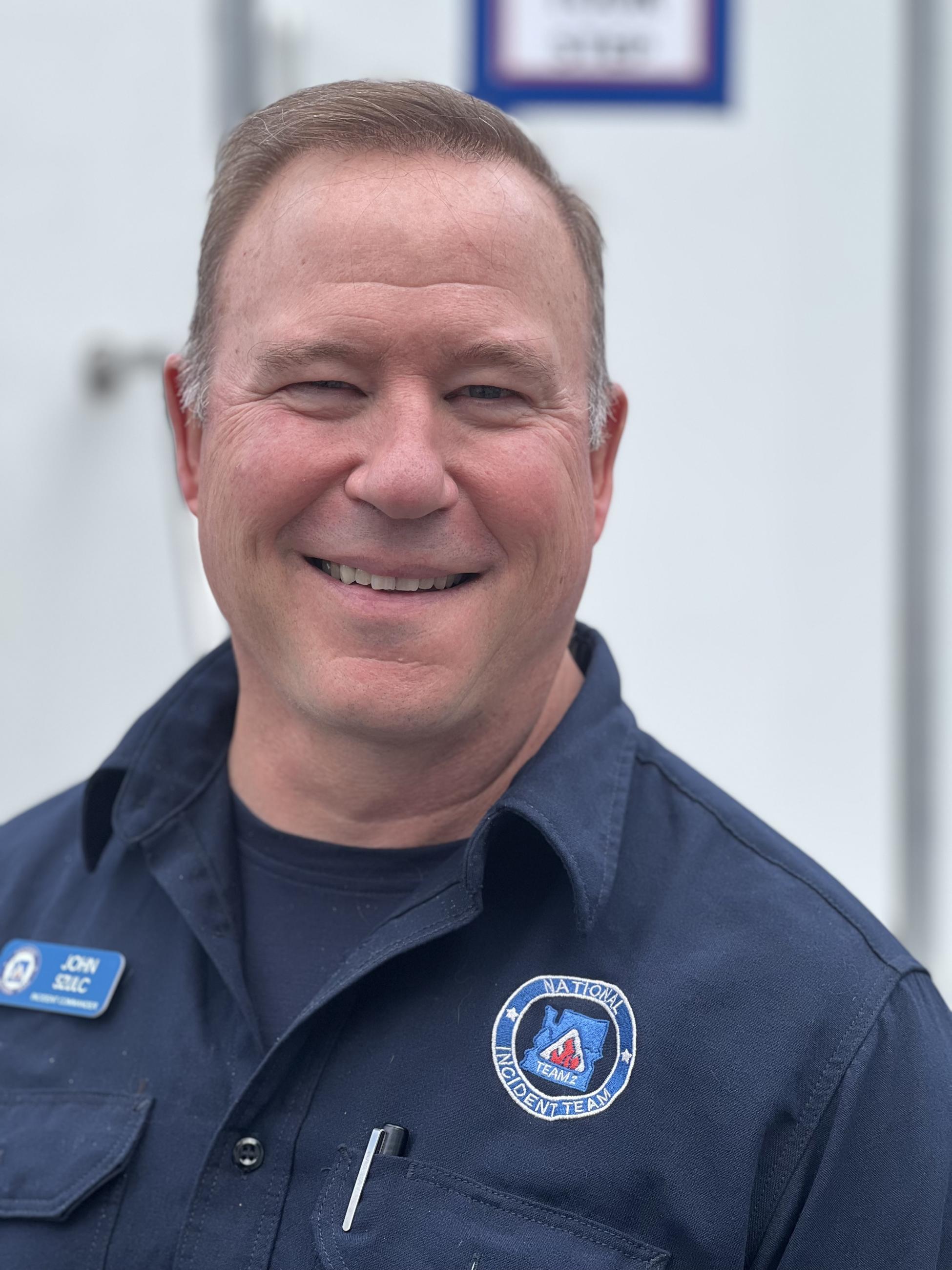
NW2 Incident Commander John Szulc // Willamette South
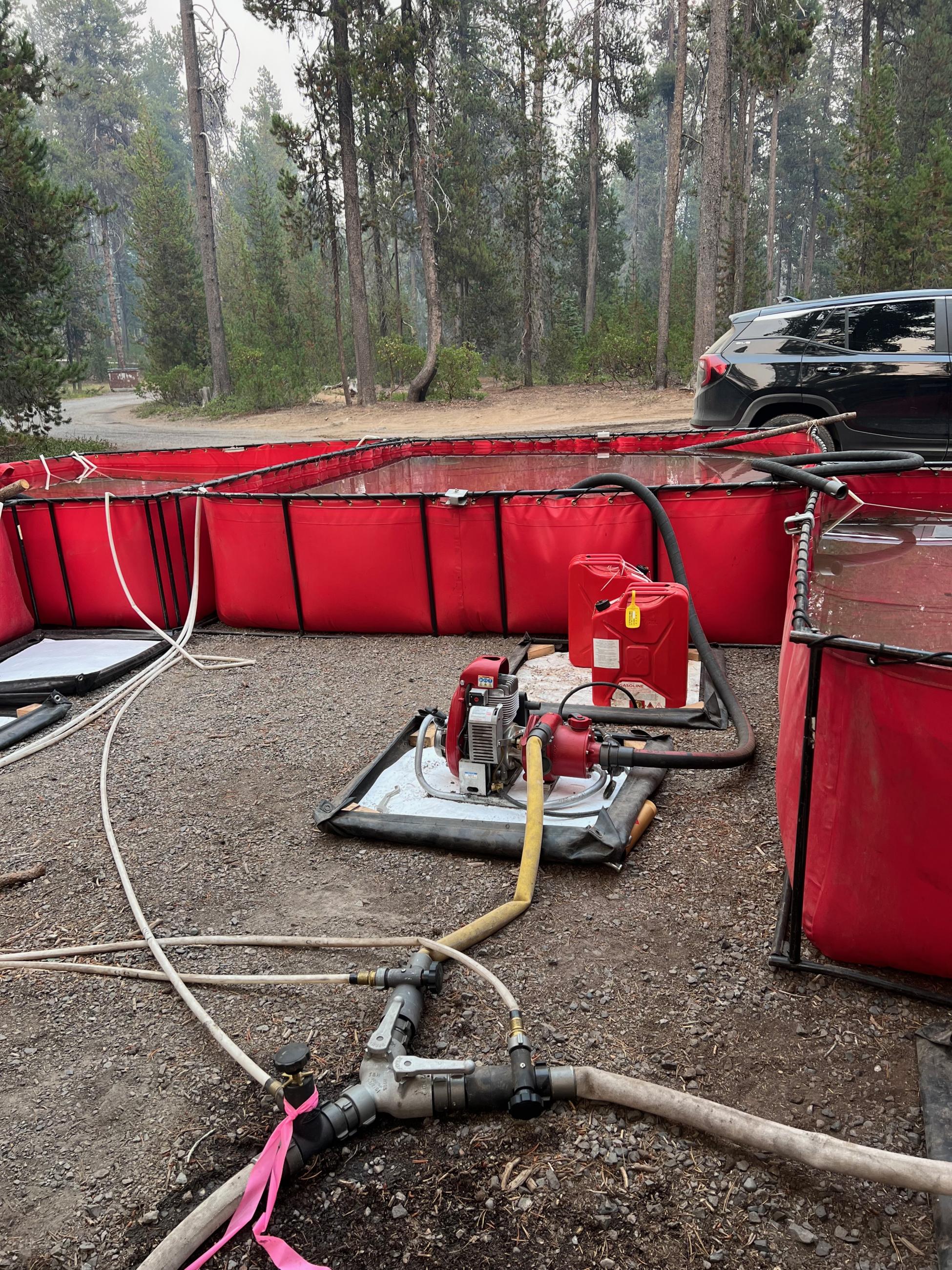
After fire lines are identified or created they may also be "plumbed." Portable water tanks are set up, pumps attached and hoses are strung out along the fire lines. If sprinklers are used they may run continuously - meaning water tankers have to refill the water tanks and fire personnel have to refuel the pumps. It's a lot of effort but the water can be critical to holding the line and keeping fire from spreading beyond it.
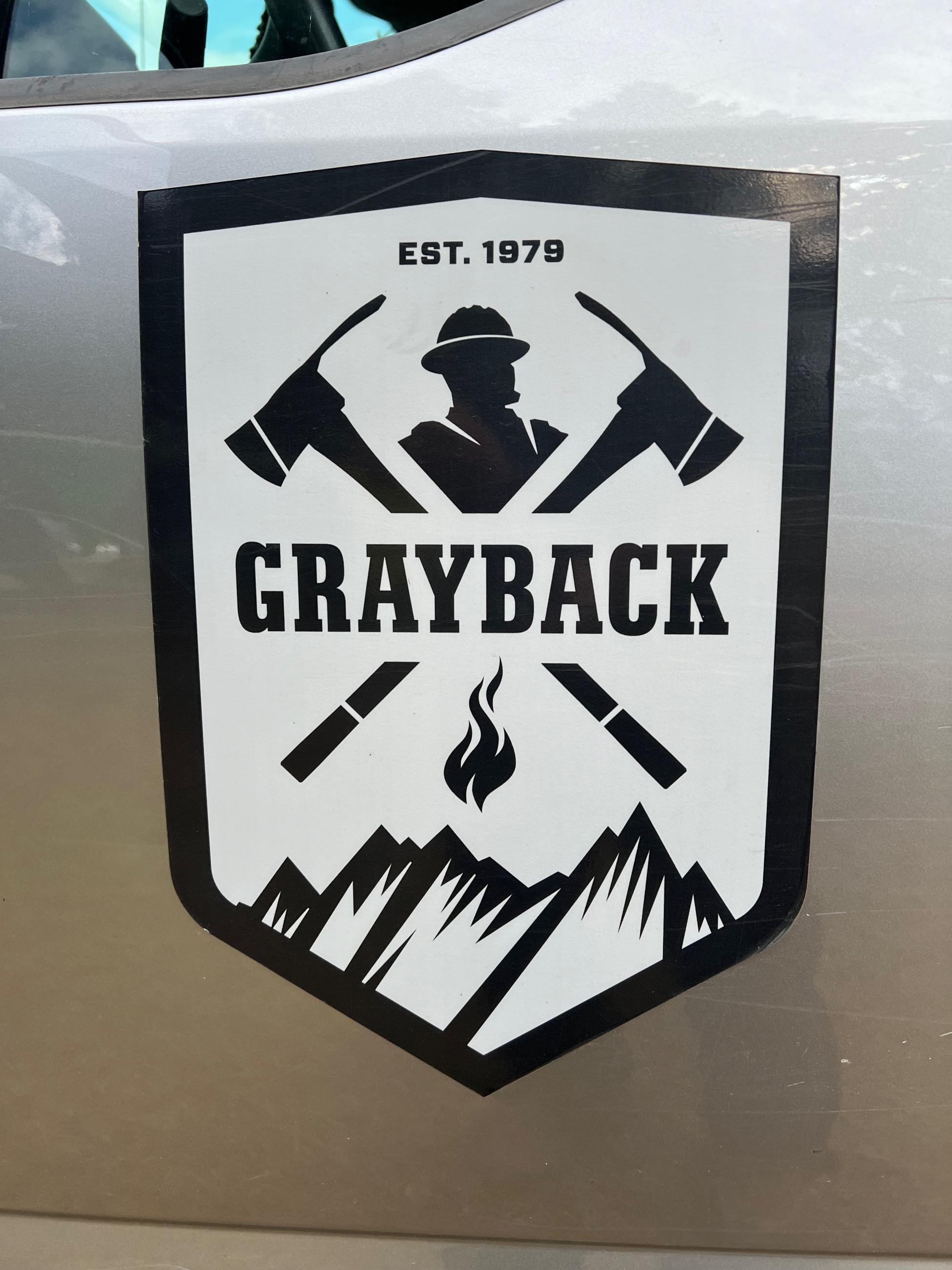
While federally-sponsored hotshot crews get (deservedly), a lot of attention for the work they do, they don't do it along. On the South Willamette Complex, Grayback Forest has both a hand crew and a shower unit. Other personnel come from state, tribal and local fire agencies. Everyone has a role to play and all are needed to get the job done.
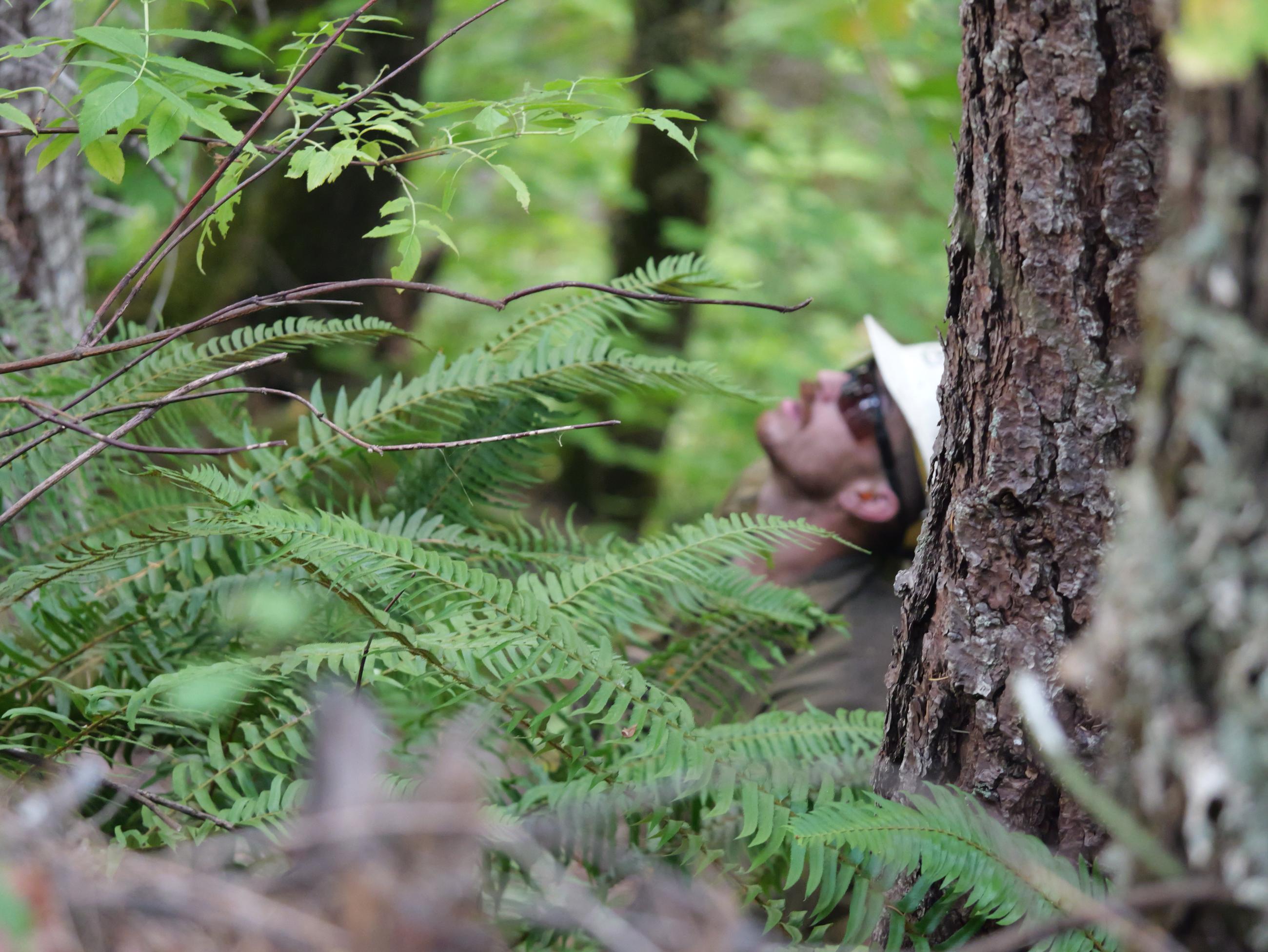
Fire Crews are Making Progress on Willamette Complex South & Red Fire
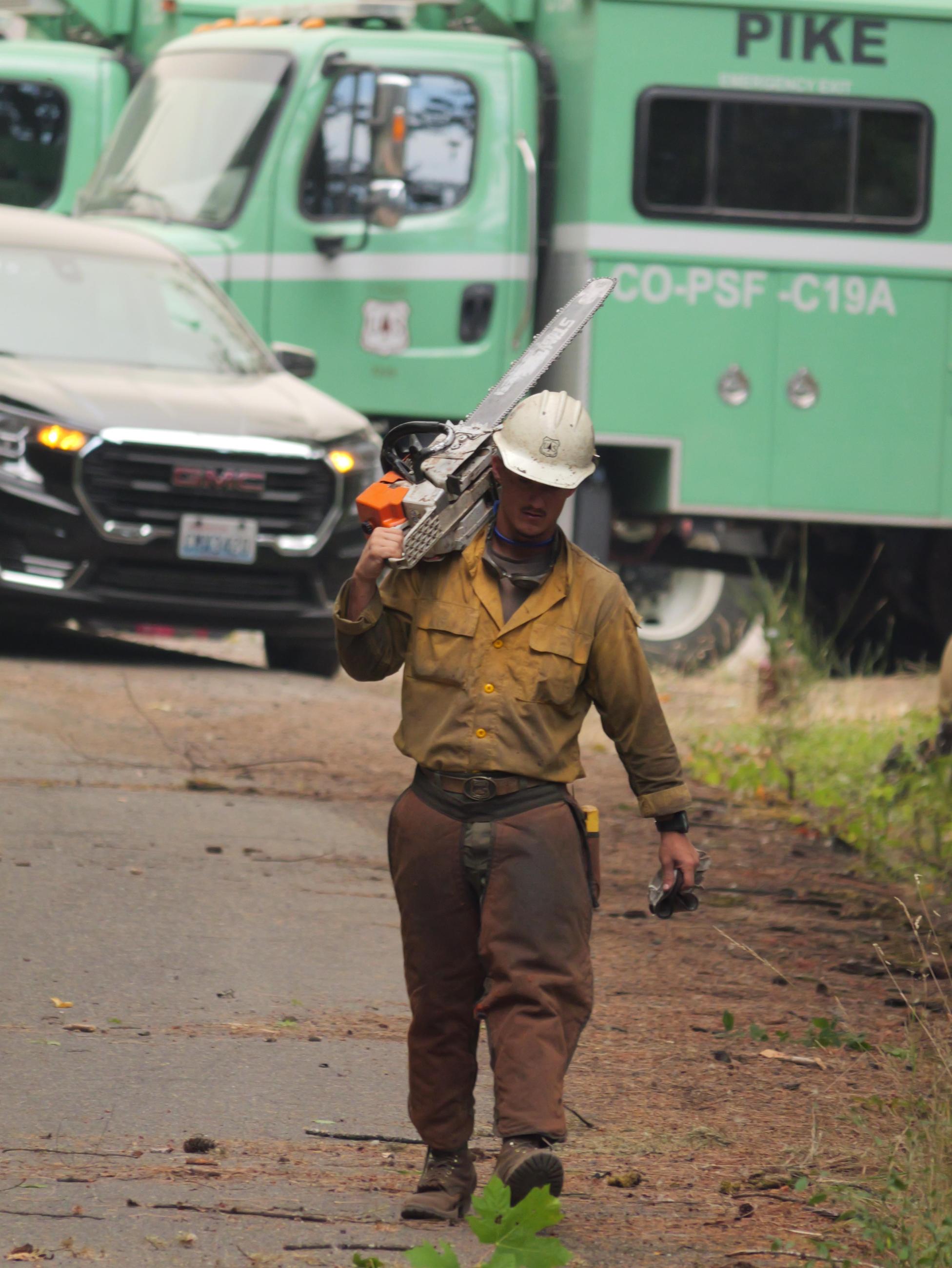
FFaces from Camp & Field // Willamette South Complex & Red Fire // Andy Lyon
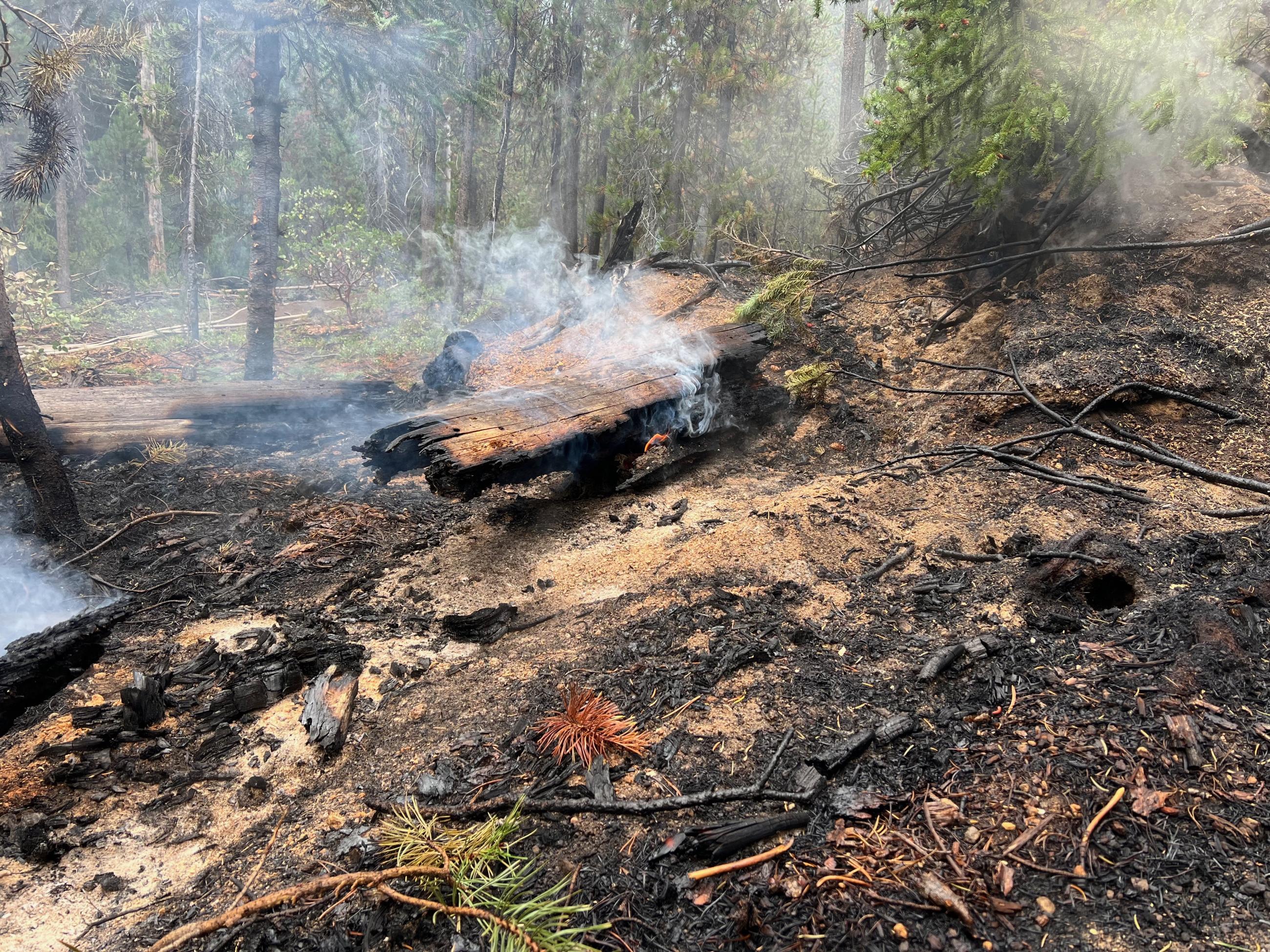
Even after a good rain like the WIllamette Complex Fires received on September 11, fires continue to smolder. Large logs and dead trees, referred to by fire personnel as "heavies" and 1000-hour fuels, will continue to smolder and burn. So will needles and other forest litter that is sheltered from the rain by deep tree canopies. The increased humidity and wet shrubs and grasses will slow fire spread significantly but until more moisture falls and the "heavies" go out, the threat is not over.
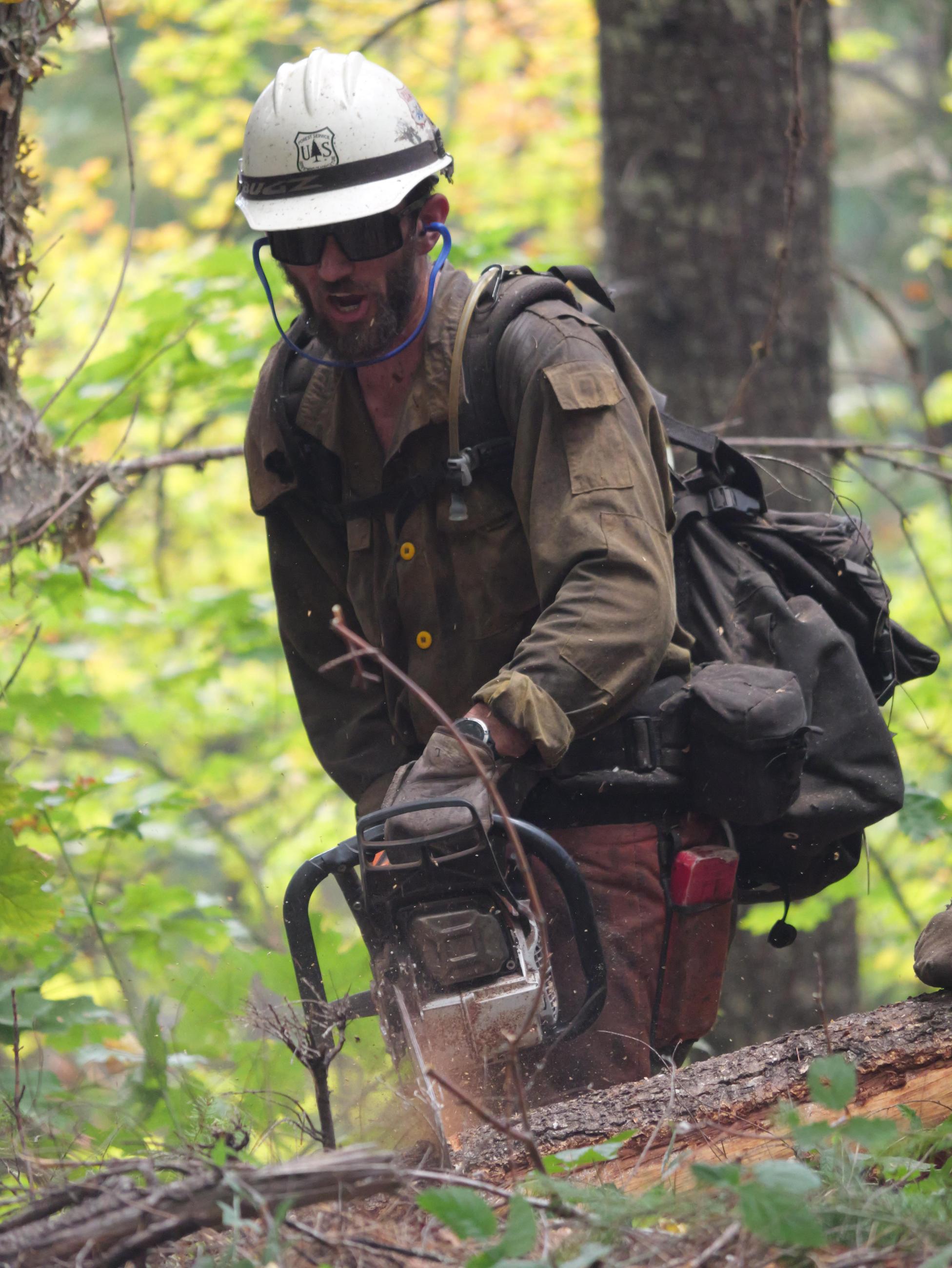
Fire Crews are Making Progres on Willamette Complex South & Red Fire
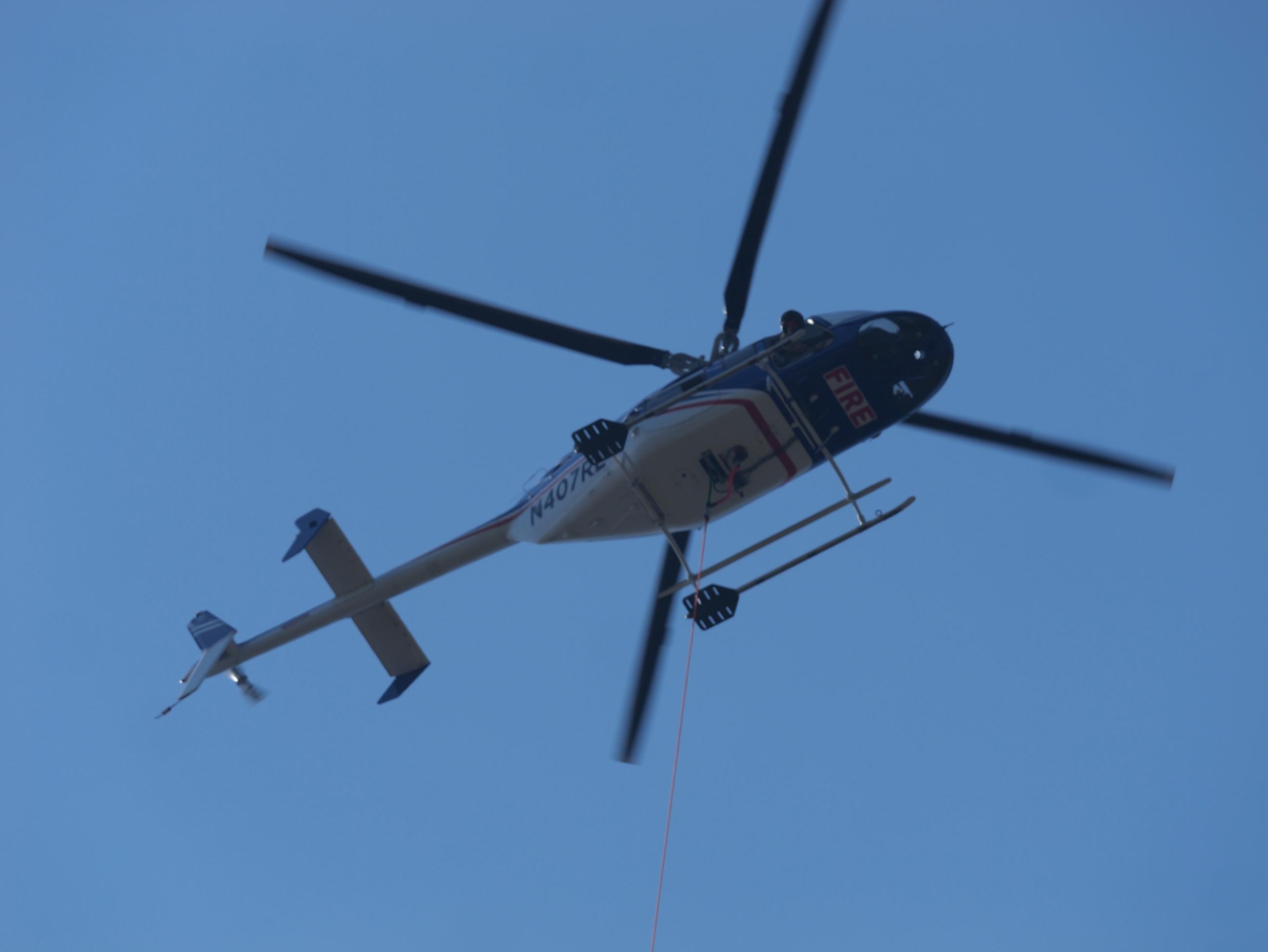
This helicopter is used by the Wenatchee WA Short-Haul Program. Short-haul crews are trained to move firefighters, equipment, or injured personnel quickly from one location to another.

Fire personnel often use roads and trails as fire lines. In this picture, hose extends along the trail and the water it supply serves several purposes: the water can be used to knock down fire as it approaches the line; it feeds sprinklers running on the un-burned side of the line; and it can be used to snuff out spot fires before they can become well-established.

Faces from Camp & Field // Willamette South Complex & Red Fire // Andy Lyon
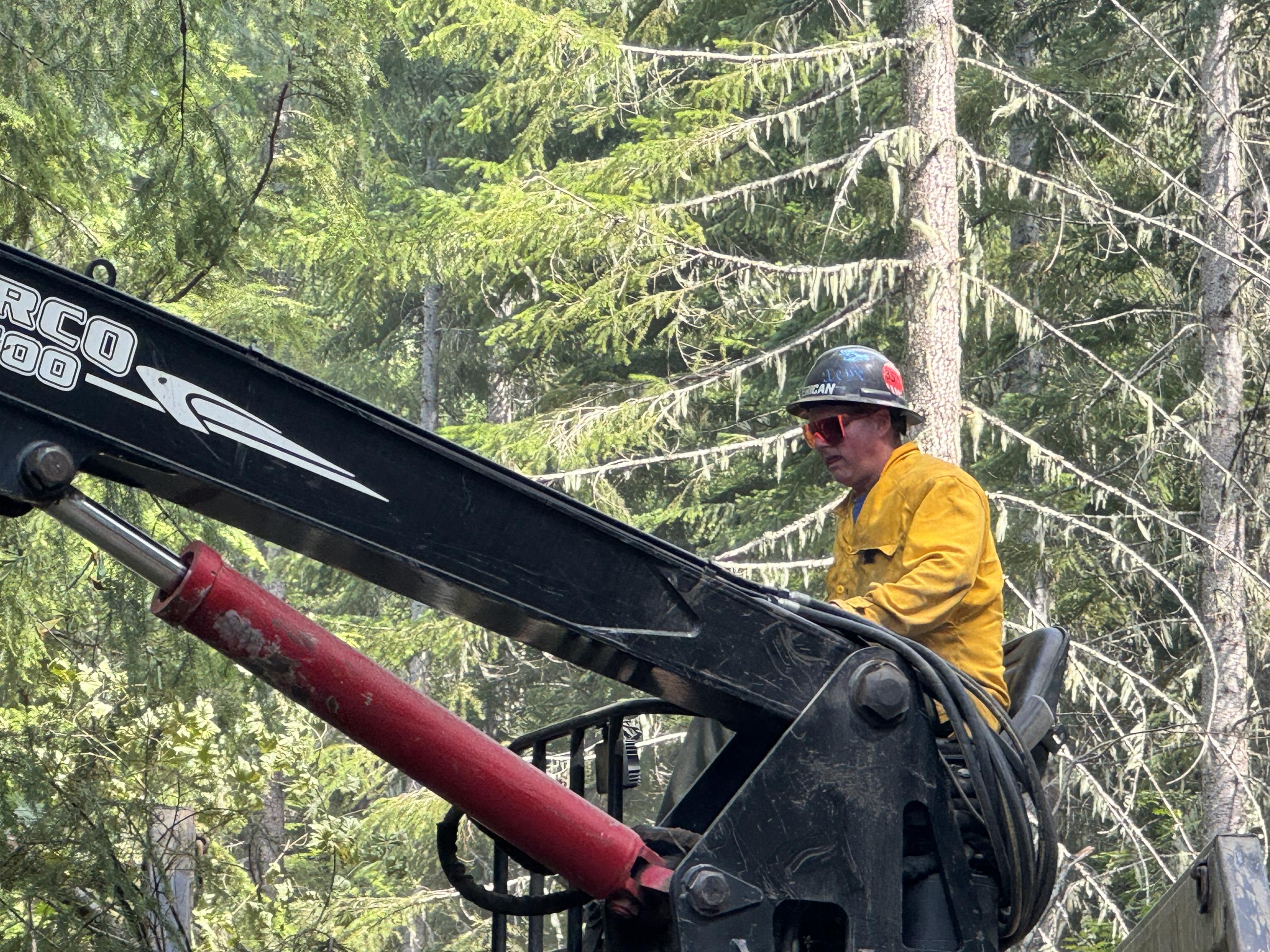
Fire 208 Equipment Operator // Willamette Fire South
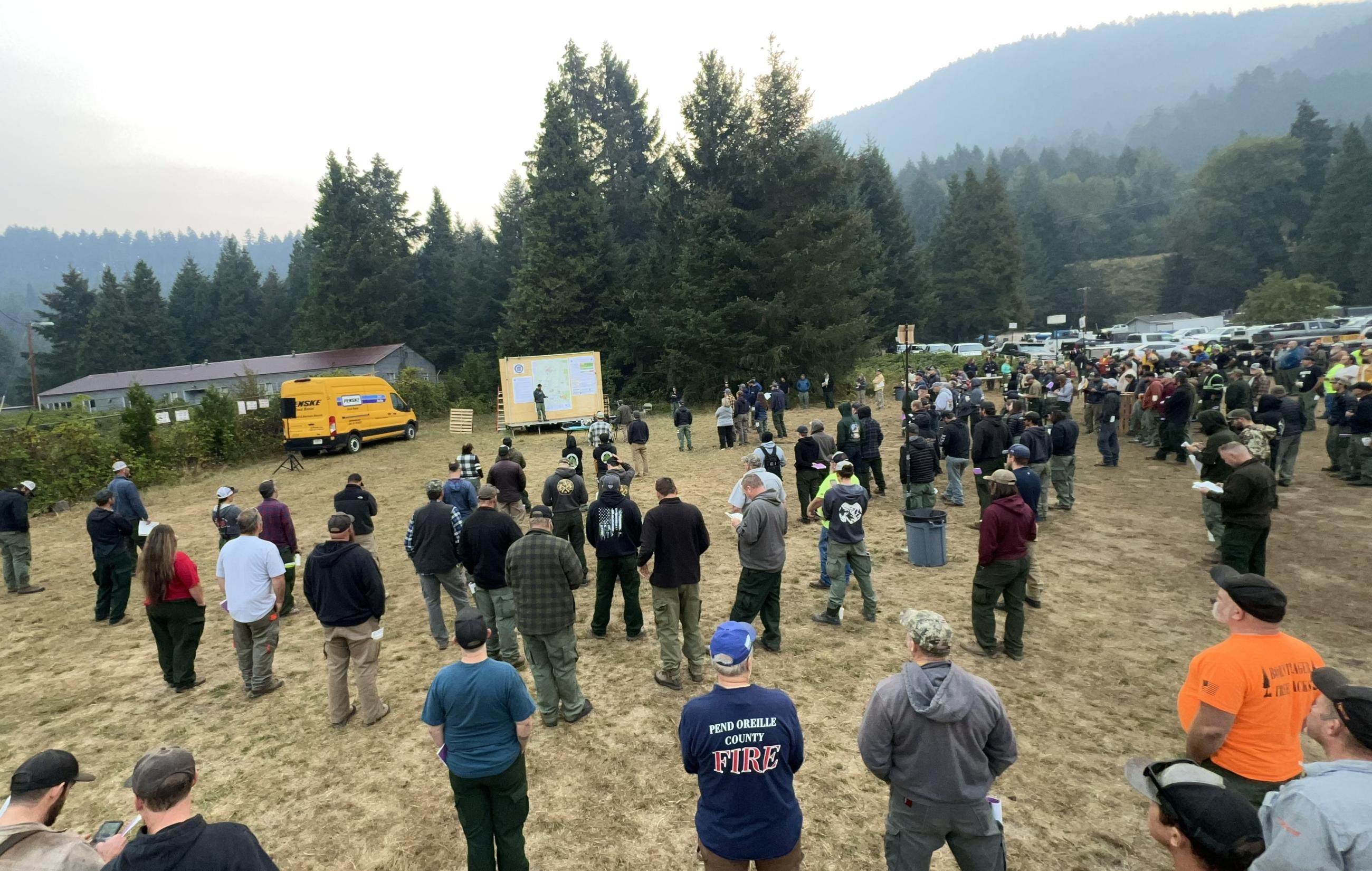
Willamette South Complex Fire Camp by PIO Andy Lyon

 InciWeb
InciWeb